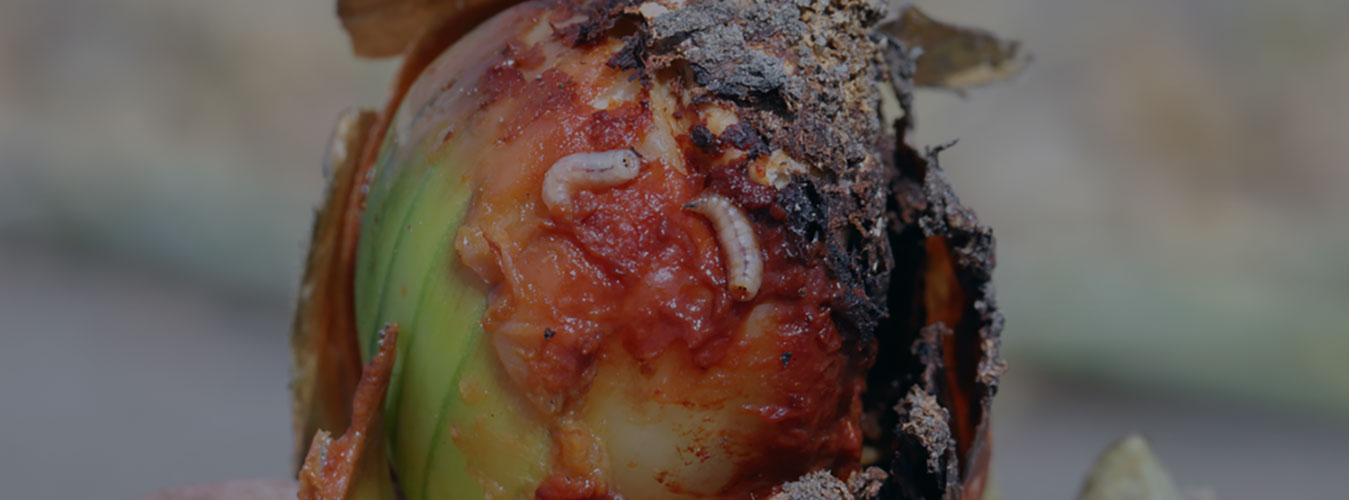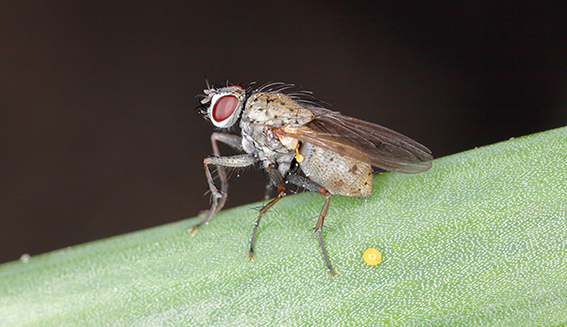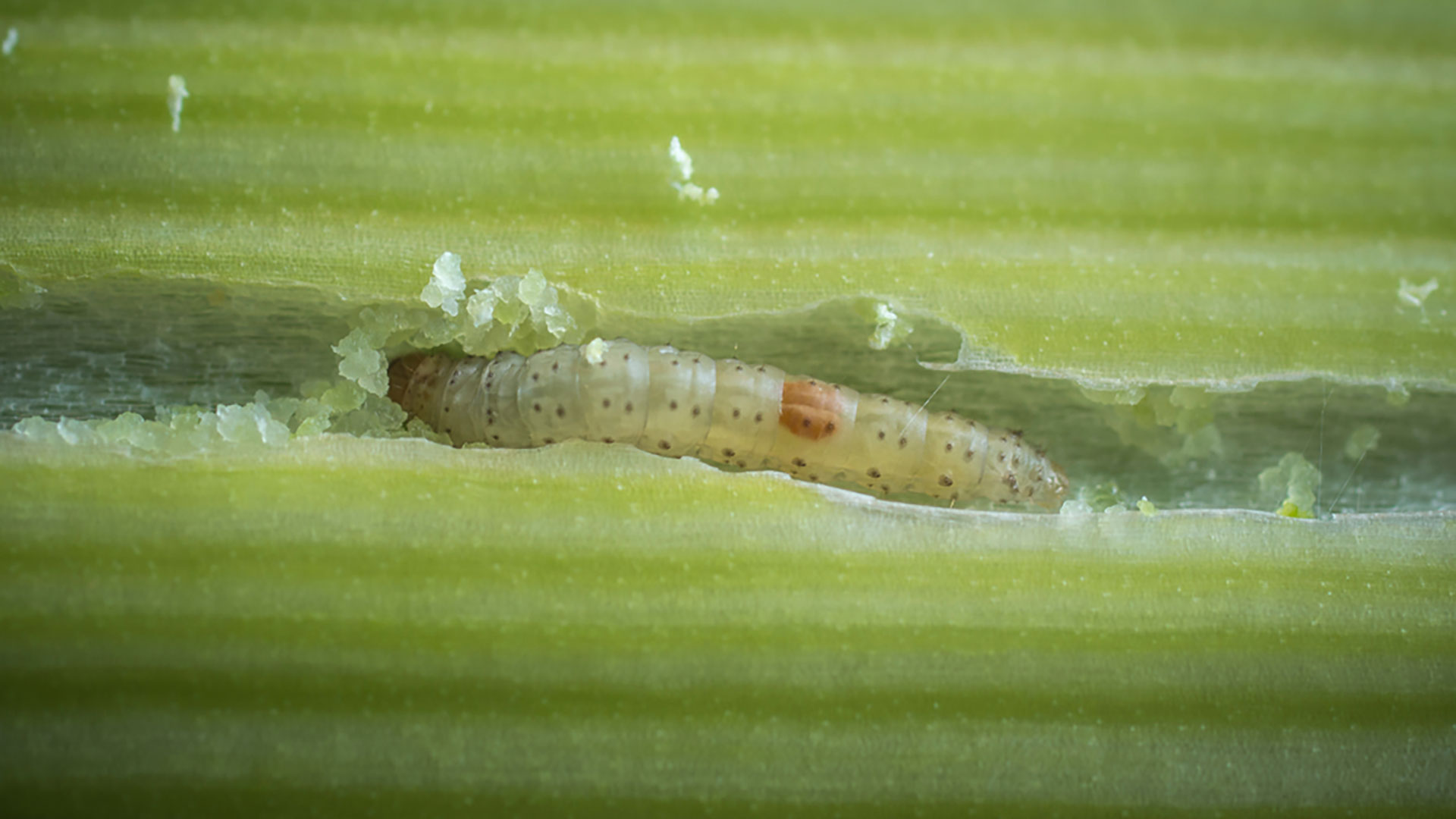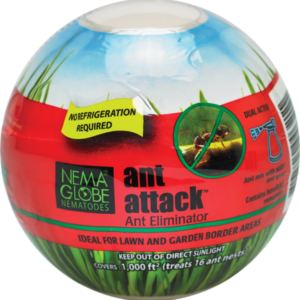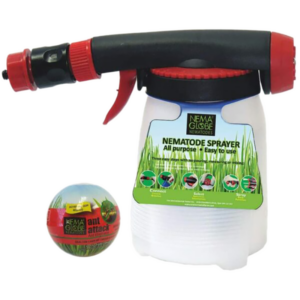Your cart is currently empty!
Damage
Although onion maggots are an early-season pest of onion plants, they can cause damage throughout the season. Onion plants are most vulnerable to the first generation of onion maggot during the seedling stage, and larval feeding may kill the seedlings. The second generation of onion maggot feeds on the stem and developing bulb that causes wilted rotten foliage and misshapen bulb which makes the crop unsuitable for the market. At the end of the season, the third-generation onion maggot feeding can lead to storage rots.


